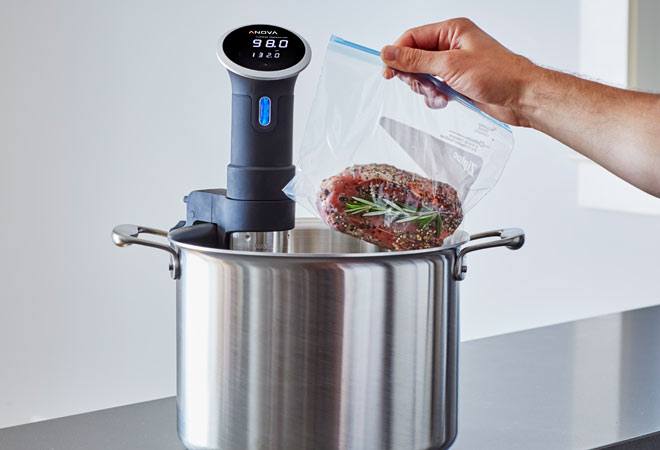I see it often here where someone asks about how to smoke.something and the general response is to smoke it at 225° for a time range, and an IT to shoot for. Sometimes it is recommended to smoke higher.
My question is, is there magic in the 225° or is a temp like 215° just as good but will take longer? Is there some reason that smoking lower can cause a problem?
Just trying to understand. I like the smoke from my smoker at 215°.
Didn't read the whole thread but the only magic I can think of when dealing with 225F are the two following things:
- Meat in the smoker doesn't really want to go higher than 15F degrees below the smoker temp. So at 225F smoker temp you can get meat to 210F internal temp (IT) before it wants to really resist rising in temp. This means you can do any kind of BBQ and hit an IT.... but 225F will still take a looooooong time to get it there when often not necessary.
- On the East Coast or the "Old" South a lot of BBQ is seasoned/rubbed with sugar. Sugar will want to burn and get bitter at temps around 250F or above (that's my understanding at least). So no burning sugar. In Texas this isn't really a problem as my whole life I never saw anyone put sugar in a seasoning or rub for BBQ so sugar to burn and get bitter.
When making BBQ it is best to understand that each meat has it's own quirks to deal with. These quirks will affect the time, temp, and approach to making the BBQ
For example chicken/turkey with skin on will want to be smoked at 325F or higher in order for the skin to be edible. If not you get leather/rubber skin. Yeah you can attempt some other tricks to avoid the rubber skin but all I have tried have not been satisfactory, only the temp to cook at. Skinless, no issue cook at any temp.
Brisket, chucks, pork butts, beef ribs, and some others don't care what temp they are smoked at as long as you don't put sugar on it. They are all done when they are tender and the IT of the meat will tell you when to check for tenderness. Never time or temp, only tenderness.
Other meats chicken/turkey, ribeye roasts, and others are done when the meat hits a specific IT.
Sausage and bacon have a specific process of curing and then brining the smoker temp up slowly to like 160-170F until the meat hits desired IT.
So, on and so on. The meat you are making will determine what you do with process, time, temp, tenderness, etc. :)
I hope this info helps






